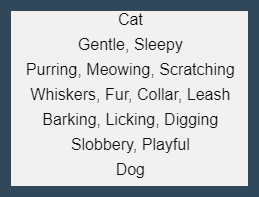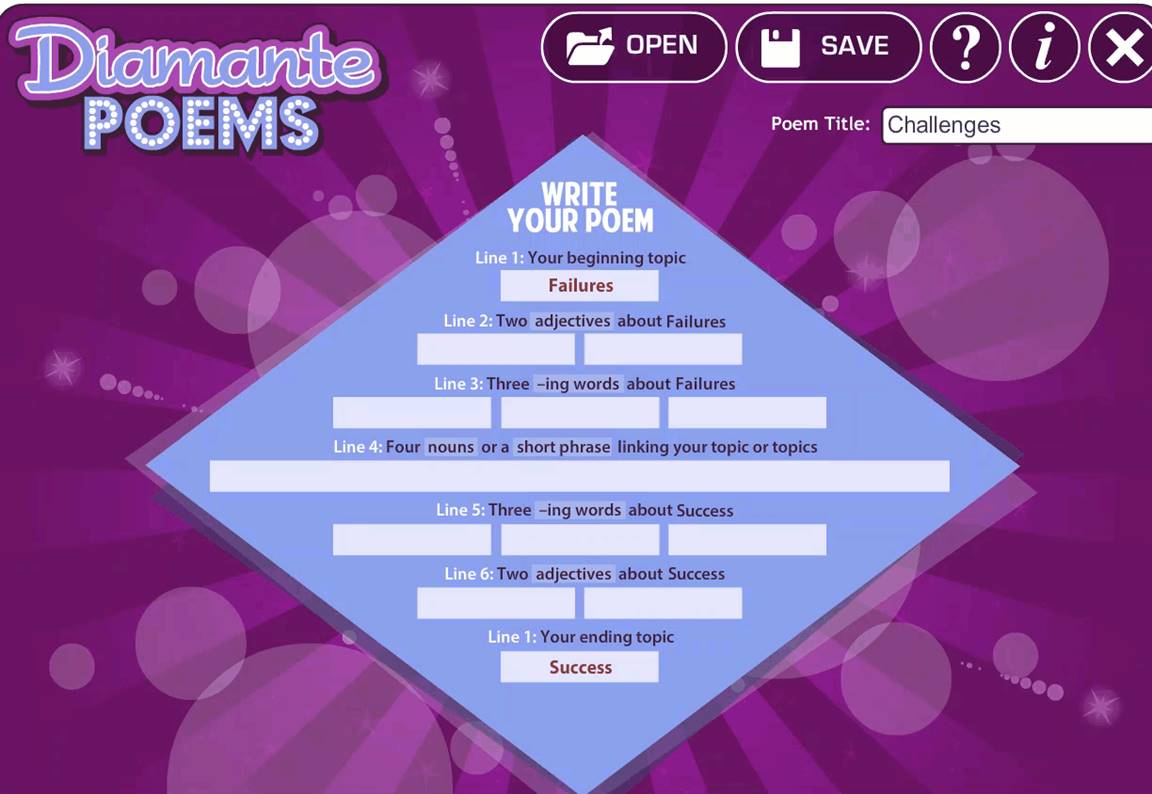
Essential Question: “How can challenges and
failures lead to success?”
Unit Overview
In this
unit, you will read “Sweet, Difficult Sounds” by I.M. Desta that speaks to the
essential question: How can challenges and failures lead to success? Also, you will
practice analyzing how an author develops a theme. You will write a Diamante
Poem based on the essential question.
Section A: Vocabulary
|
Adjustment |
(noun) a small change Related: adjust |
|
Apply |
(verb) to use something such as a method, idea, activity,
or process Related: application |
|
Conquer |
(verb) to successfully overcome something Related: conqueror |
|
Despite |
(preposition) without being affected by (something); even
though |
|
Distinguish |
(verb) to set oneself apart from others Related:
distinction |
|
Inspire |
(verb) to encourage or motivate someone by making them feel
confident and positive Related: inspiration |
|
Misery |
(noun) great sadness Related: miserable |
|
Relentless |
(adjective) determined; nonstop; without ever stopping
Related: unrelenting |
Context
Clues
Below
is a chart with four types of context clues.
Think about what information in a sentence is useful and what is not. Remember:
Context clues are using words around an unknown word to figure out the
meaning.
|
Definition |
Contrast |
Restatement |
Inference |
|
Often signaled by the words whereas, unlike, or as opposed
to. |
Often indicated by the words whereas, unlike, or as opposed
to. |
Other words are used in the sentence with similar meanings. |
Word meanings are not directly described but need to be
inferred from the context. |
Let’s Practice: Types of
Context Clues
Directions: Identify the correct type of context clue with the sentences
below.
Context Clues are hints that the author gives to help define a difficult
or unusual word. The clue may appear within the same sentence as the word to
which it refers, or it may follow in a preceding sentence. Because most of your
vocabulary is gained through reading, you must be able to recognize and take
advantage of context clues.
Let’s Practice: Fill in the Blank Sentence
Directions: Fill in the blanks, using the correct
vocabulary word to complete each sentence.
A synonym is a word whose meaning is the
same or almost the same as that of another term in the same language. A thesaurus is merely a book of synonyms,
which makes it a perfect resource
for finding synonyms.
Let’s
Practice: Matching Synonyms
Directions:
Match the following vocabulary words to their synonyms.
We have set-up a class on CommonLit for you to
receive the reading passages in multiple formats.
Below is the class code.

Section B: Analyze Theme (“Sweet, Difficult Sounds”)
The topic is what the story is about, and a theme is a message that
the author wants you to learn and understand, to take it, and apply it to your
own life. The topic comes directly from
the book or the text, but the theme is what you have to think about and take
away from that topic.
The theme is the central or dominant idea of a literary work. It's the
overall generalization that a reader can make about a story's meaning and
significance. Be careful not to confuse the theme with the subject. The subject
is the topic, which the author has chosen to write about, while the theme makes
a statement about or expresses an opinion about that topic. Sometimes the theme is stated directly by the
author, but more often, the theme is implied and must be discovered, as the
reader explores the passages of the text.
A theme is a broad understanding of the
overall message or moral presented in work, while a topic is what the author will specifically discuss. Read each
sentence and determine if it is a thematic statement or a topical statement.
Let’s Practice: Distinguishing Theme from Topic
Directions: Identify each statement as a theme or topic.
Essential Question: “How can challenges and
failures lead to success?”
“Sweet, Difficult Sounds” by I.M. Desta
About the Author: I.M. Desta is a writer based in Washington,
D.C. In this story, a young woman immigrates to the United States and struggles
to fit in at school.
Skill Focus:
In this lesson, you’ll
practice analyzing themes. Analyzing themes means paying attention to topics or
big ideas that come up in a text. As you read, take notes on Nothukula’s fears
and challenges and what she learns through her experience.
Read the Text
Let’s Practice: Guided Questions
Directions: Answer the Guided Reading Questions based on
the story “Sweet, Difficult Sounds”.
In “Sweet Difficult Sounds,” a young girl
who immigrated to America from Zimbabwe struggles with confidence as she
adjusts to her new school environment.
The story is mainly about a girl being comfortable speaking.
“Sweet,
Difficult Sounds” shows that
sometimes a person needs help from others to overcome a challenge. After
Nothukula’s classmates laugh at her on the first day of school, she has trouble
getting past it. For example, “She didn’t want her classmates to hear her say
anything ever again. She never wanted to give them another opportunity to laugh
at her accent” (Paragraph 39). Because her classmates laughed at her accent,
Nothukula becomes even more nervous and self-doubting and refuses to speak to
any of them anymore. But when she has to recite a poem in front of the class,
she finds that support from her one friend in class helps her get through it.
“She continued to recite, becoming more and more composed the more she focused
on Cole. She never missed another beat” (Paragraph 74). Cole’s friendship and
support make it possible for her to get through this challenging experience
with confidence. Through the help of a caring friend, Nothukula can overcome
her challenges and succeed.
Section C: Diamante
Poem
Diamante
is an unrhymed seven-line poem. The beginning and ending lines are the
shortest, while the lines in the middle are longer, giving diamante poems a
diamond shape. “Diamante” is the Italian word for diamond, so this poetic form
is named for this diamond shape.
There
are just a few rules to writing a diamante:
1.
Diamantes
can be about anything.
2.
They are seven
lines long.
3.
The word
count is simple: 1, 2, 3, 4, 3, 2, 1
4.
Your lines
should have nouns, adjectives, verbs, nouns, verbs, adjectives, nouns.
Below
is an example of an Antonym, Diamante.
The first and last words have opposite meanings.

You
will write a Diamante
Poem based on the story “Sweet, Difficult Sounds,”
and the essential question, “How can challenges and failures lead to success?”
